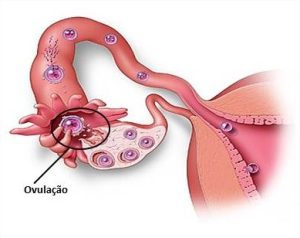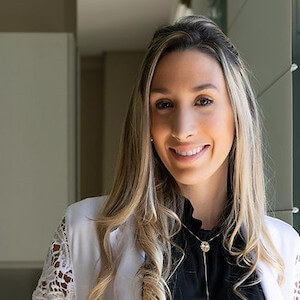My husband and I had agreed that the age gap between our children would be 2 years, so they could grow up together and we would have the work of caring for two little people at the same time. But nature didn’t cooperate much; we had some fertility issues and it took me 3 years to get pregnant. Over those 3 years there were countless negative results and, of course, a lot of frustration. After all, it was our dream and we just couldn’t seem to make it come true.
So, I went to the gynecologist and after some tests, follow-ups, and a few months of unsuccessful attempts, the doctor thought I might not be ovulating. This was the conclusion of the hormonal exam and he prescribed the then-unknown fertility drug, the ovulation inducer.
I was given this explanation of how it would work in my body: it is an ovulation inducer. So be aware that by taking it you might get pregnant with twins, since more than one egg can be stimulated. Clomiphene citrate1 is started on the 5th day of the cycle, meaning after your period comes, you need to take one pill per day. Ovulation can happen from the 5th to the 15th day after completing the treatment with the medication.
An excellent tip for those embarking on the ovulation inducer adventure is to use ovulation tests2. Few women know that it is possible to combine clomiphene use with ovulation tests, but yes, it is possible! The ovulation test in these cases may not react the same way as it would without the extra hormones in your body. The test line might not get as dark as it could, but it is already an indicator that ovulation is about to happen. If you intend to use the inducer, use ovulation tests as well, since hormones are quite invasive, it never hurts to increase your chances of confirming ovulation and optimizing the use of the medication. It’s recommended to start using the ovulation test 5 to 7 days after finishing the clomiphene cycle. You can get your ovulation test here in our shop.
Video – Experience with Clomid
Technical Explanation
“Clomiphene citrate is a non-steroidal agent with estrogenic and anti-estrogenic properties, which can induce ovulation in certain women who do not ovulate3. It competes with endogenous estrogen at hypothalamic estrogen receptors, leading to an increase in GnRH secretion and levels of LH and FSH, resulting in ovarian stimulation, with consequent maturation of the ovarian follicle and development of the corpus luteum.”
What the Medication Does in the Body
In plain language, this medication stimulates estrogen, LH, and FSH, which are hormones responsible for the maturation of the egg, thus supporting ovulation. There are “generic” versions of the medication, which are well used and have the same active ingredient. The only difference is that some doctors prefer other brands for being considered stronger, but in practice, it’s the same thing.
Difficult? No, it is just a hormonal stimulator so that the woman can ovulate. Knowing this, fear and doubt started to take hold of me: to take it or not to take it?
I was in doubt, because the fear of having twins was huge. Although it’s a blessing, two little babies for me to take care of alone would be a bit too much at that moment. Talking with a friend, she told me that God wouldn’t give me a bigger cold than the blanket I had, that I should go ahead and try.
So I bought the medication. After 3 days of taking it I started to have pain in my lower abdomen. I felt pain on both sides in the lateral ends of my belly and was very sensitive, even to sit down.

In every month that I used the inducer it gave me this bloated feeling. I stopped taking the medication and then my husband went for some tests to check if the issue was with him. I had already taken the inducer and it didn’t work as the doctor expected, and we were a young couple. After several tests it was found that my husband has varicocele and that pregnancy at that time would be more difficult.
We got discouraged, because due to the varicocele and another problem he had at the time, surgery would be necessary. So, for professional reasons, we decided to postpone. I did get pregnant, yes, naturally, a year and a half later, even though he was not operated on for the problem.
I came to the conclusion that the ovulation inducer works and works very well, you just need to be closely monitored by a doctor, as it can cause hemorrhagic cysts in the ovary. Be attentive and do not use any medication without a doctor’s guidance.
See also: Natural Ovulation Inducer – Nature’s Helping Hand
_ Caixa de Informações Chave:
- My husband and I had agreed that the age gap between our children would be 2 years, so they could grow up together and we would have the work of caring for two little people at the same time.
- I went to the gynecologist and after some exams, follow-ups, and a few months of unsuccessful attempts, the doctor thought I might not be ovulating.
- The medication stimulates estrogen, LH, and FSH, which are hormones responsible for the maturation of the egg, thus enabling ovulation.
- I went to the doctor’s office and he explained to me that the pains are normal, it would only be an issue if there was heavy bleeding, but this was a sign that the medication was working.












